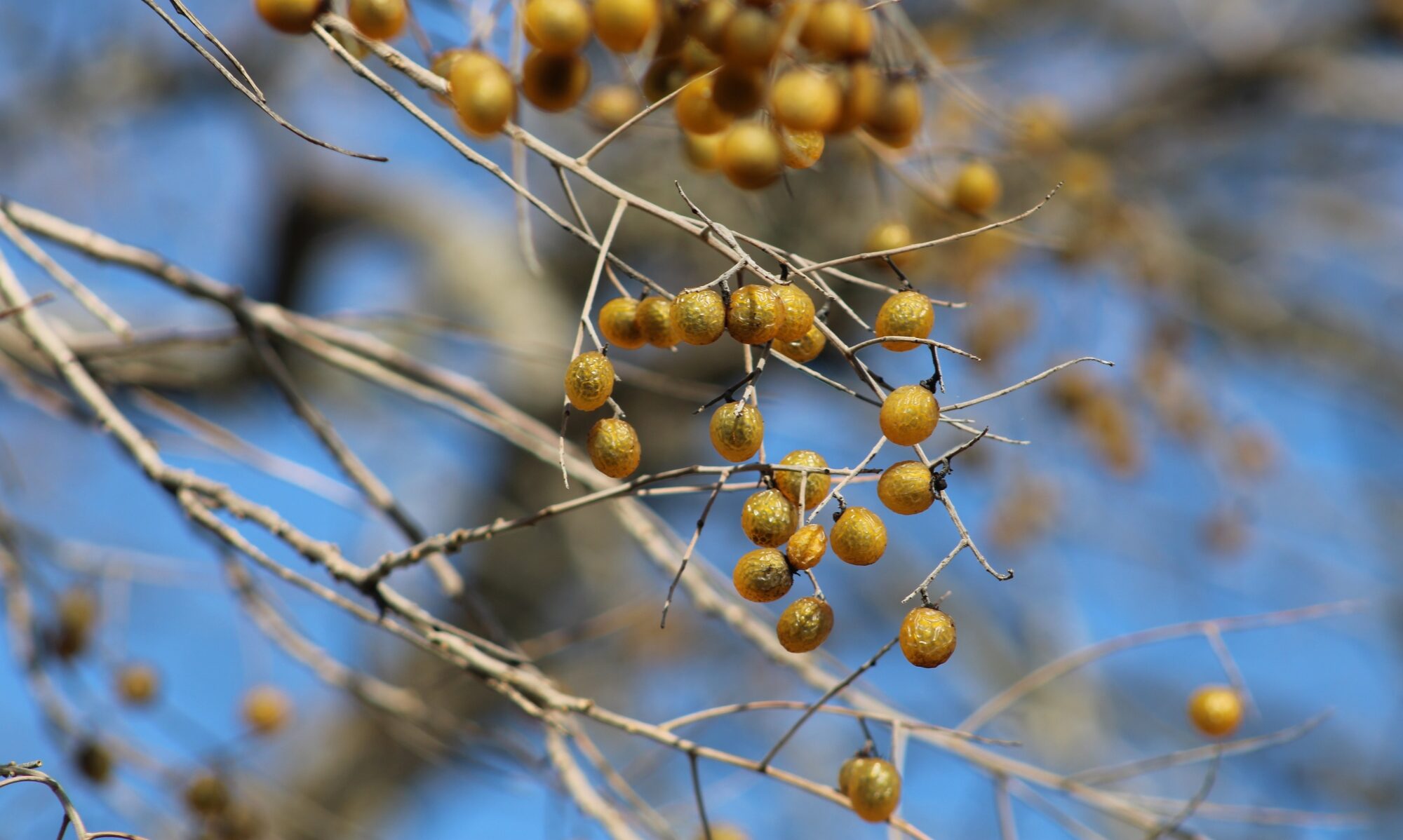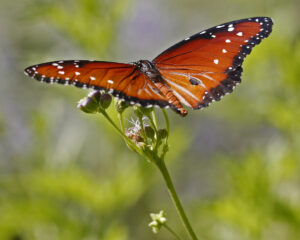** ARCHIVED POST – LINKS AND IMAGES MAY NOT WORK**
— by Beth Erwin
Folks have lots of questions about the effects of the great freeze on their native plants.
Let’s start with the ones that require the most effort and money to deal with — trees. Most of the limbs on the ground are from Live Oak trees. In our area they are typically evergreen, and a heavy load of ice on the leaves will bring the limbs crashing down and cause forked trunks to split in two.
Where small limbs have broken off the tree, if at all possible, those jagged breaks left on the tree need to be cleanly pruned back to a branch of similar size, a main limb or the trunk. Cuts need to be painted immediately to deter the sap-feeding insects that spread Oak Wilt.
Trees that have split in two, or half of the tree has broken off, need to be removed completely. It is nearly impossible to properly treat the wound caused by a split and the remaining portion of the plant becomes a liability. This advice applies to all trees, large and small.
Most Live Oaks are showing signs of freeze burn on most of the leaves. That means they will probably start shedding those leaves early. If your method of disposing of leaves involves putting them in paper compost bags to be picked up at the street, stop reading right now and run to the store and get some bags. They are going to get scarce.
Smaller trees and large shrubs need the same type pruning treatment. Check the trunks of smaller trees for splitting bark. Any trunks or limbs with linear splits showing bare wood underneath can be removed as they are not likely to survive.
With shrubs and perennials, it is a waiting game. Perennials that have been in place for years and are well established will likely survive. The Turk’s Cap and Texas Lantana you expect to see sprouting along the branches when spring arrives may end up sprouting anew from the ground instead. The critical point for many of these plants will be tied to the soil temperature. Remember, a few 80-degree days will not raise the soil temperature. It takes a significant number of days with warm day and night temperatures to really kickstart the growing season. If it looks like dead stalks, and you just cannot stand it, you can snip away small amounts until you reach green wood or scratch the bark surface to see if it lives.
Cultivate patience with your plants. Give shrubs and perennials until the middle of June to determine if they will recover. If you are ready to replace your non-native species for more dependable Texas natives, come see us at the Spring plant sale March 26-27 at Berry Springs Park & Preserve.
** ARCHIVED POST – LINKS AND IMAGES MAY NOT WORK**

